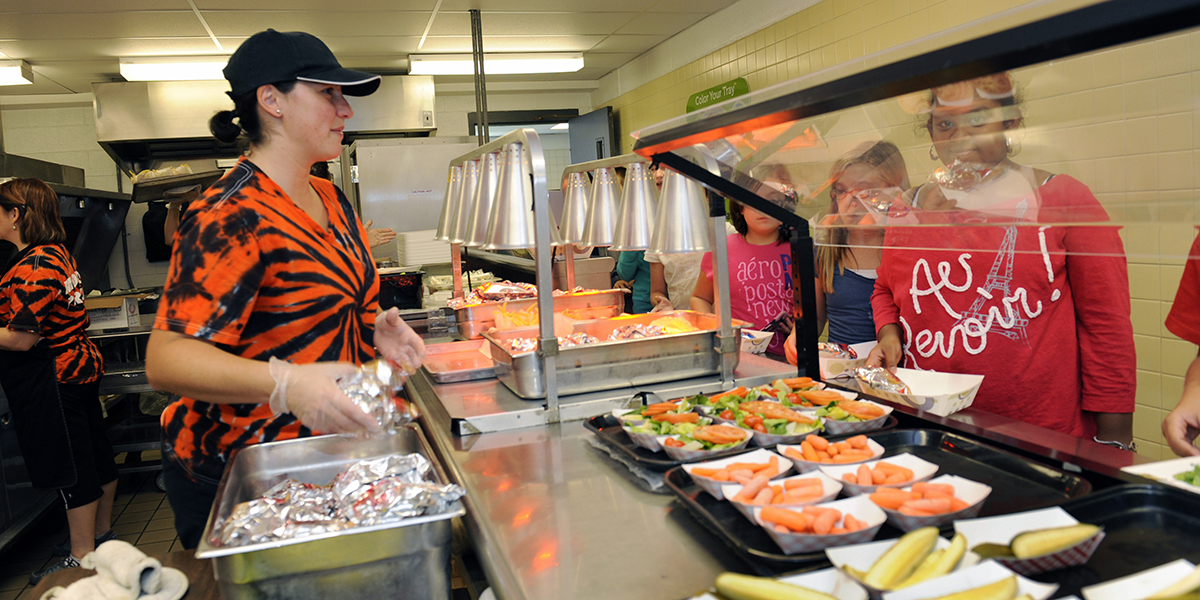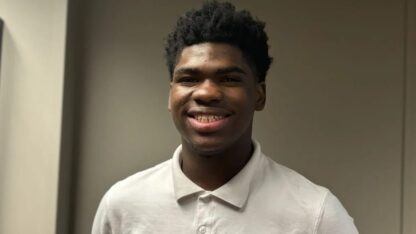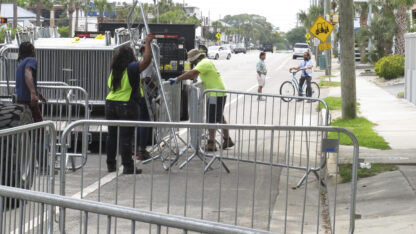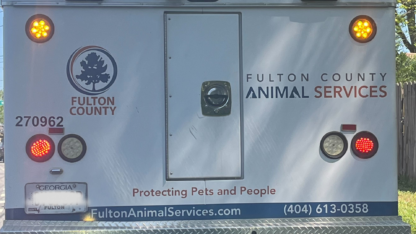How Novel Writing Cuts The ‘Cafeteria Line’ Of Life

Maria Frisone, replenishe’s food items along the lunch line of the cafeteria at Draper Middle School in Rotterdam, N.Y., Tuesday, Sept. 11, 2012. (AP Photo/Hans Pennink)
Hans Pennink / Associated Press
A few weeks ago, best-selling author Joshilyn Jackson heard a poem, Katherine Perry’s “Baby Picture,” that got her thinking about life.
“It ‘poem haunted’ me, stuck,” she says.
On “Writer to Reader,” Jackson explains that the poem not only had her contemplating the finiteness of life, but also thinking about a novel she had read called “High Drama In Fabulous Toledo” by Lily James. The book compares life to a cafeteria line. Once a decision is made it can be difficult, if not impossible, to go back.
“Choosing the fried shrimp isn’t just choosing to eat fried shrimp. It’s un-choosing meatloaf — it’s un-choosing baked tilapia,” Jackson says, explaining why cafeteria style dining is so troublesome for her.
Jackson then concludes that she may have become a novelist in order to avoid getting stuck in the cafeteria line of life. When writing, Jackson can take a second look at her options and even pick something different if she does not like where a story is going.
And that’s exactly what Jackson has done after realizing there was a better story beneath the one she had initially written as “Origin Story,” despite being just weeks away from her deadline.
“Sometimes art does not imitate life,” she says. “Sometimes art is just plain better.”
9(MDAxODM0MDY4MDEyMTY4NDA3MzI3YjkzMw004))





